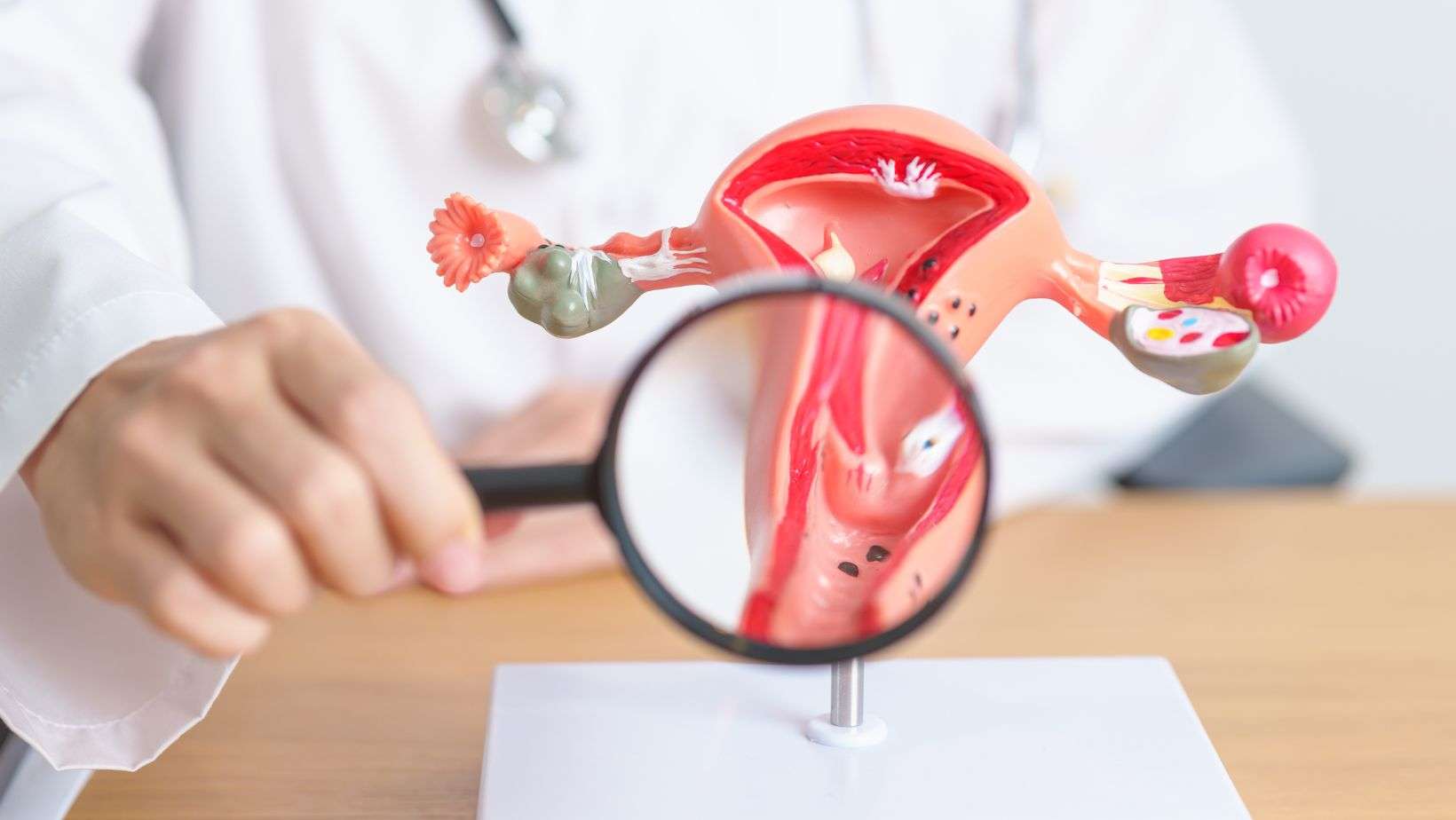Uterine fibroids grow in the uterus and generally are not cancerous. You can look for the best uterine fibroid specialist to have complete consultancy before going for the surgical process. This is important to keep to perfection, especially when you are looking for pregnancy, which is a serious concern in the future. Having issues in the uterus will often risk miscarriage and complications during pregnancy.
The Reasons To Look For Fibroid Treatment Surgery:
- Heavy menstrual bleeding.
- Unbearable pain and pressure in the lower belly.
- Frequent urination.
- Issues in the bladder.
Many females continue to believe that heavy menstrual bleeding is a normal symptom, thinking it helps eliminate impurities from their body. They may not realize that they are losing precious blood that is challenging to recover. Noteworthy factors during Uterine Fibroid Surgery procedures include the size of fibroids, the number of fibroids, and their location in the uterus.
The Types of Fibroid Surgeries
1. Myomectomy: In this, only fibroids are removed and help in relieving bleeding or associated symptoms. It’s a surgical fibroid treatment for women who are likely in need of pregnancy in the future or want to keep the uterus. It is of three types
- Hysteroscopy: It is effective for females with smaller and fewer fibroids which grow in the cavity of the uterus . In this process, uterus fibroids are removed via a long-thin light telescope via the vagina.
- Abdominal Myomectomy: This is also known as laparotomy, which is reserved for very large fibroids or multiple fibroids . It is done with cuts in the lower belly, and then removal is done. This abdominal myomectomy takes around 1-3 days for your stay in hospital, and recovery is around 2-6 weeks.
- Laparoscopy: It is processed among females with fewer fibroids. Go for expertise with the best fibroid treatment doctorfor proper surgical procedures. During this, cuts are made within the belly portion, and the telescope is inserted into one of the openings to see fibroids inside/around the uterus. Then, a tool is inserted to remove or cut the fibroids into smaller pieces. This is called morcellation.
- Robotic – Some surgeons also prefer to give robotic laparoscopy, in which the surgeon uses robotic arms to perform it. It requires a shorter stay in the hospital and ensures faster recovery than an abdominal myomectomy.
2. Hysterectomy: In this fibroid surgical process, the uterus and affected parts are removed. This is only done on women with severe fibroid issues and who have their family completed. It is classified within many as following;
- Laparotomy or abdominal hysterectomy. Your surgeon cuts the lower abdomen and removes your uterus. It takes around 6 to 8 weeks for complete recovery.
- Vaginal hysterectomy. The surgeon removes your uterus through your vagina. This approach may not work for larger fibroids. The recovery is quicker than laparotomy.
- Laparoscopic hysterectomy. The surgeon inserts the instruments and removes the uterus through small incisions. This procedure can be done robotically and ensures faster recovery.
3. Endometrial Ablation: This is not a surgical process but still minimally invasive. It is done to destroy the lining of your uterus, which is suitable for females with small fibroids located closer to the uterus. It doesn’t remove fibroids but helps to give women relief from heavy bleeding for those looking for pregnancy in the future. The wholesome process is more straightforward as performed under general anesthesia or spinal one. Just uterine lining is burned off via specific methods such as below;
- an electric current
- a balloon filled with heated fluid
- high-energy radio waves (radio frequency)
- a cold probe
- microwave energy
- heated fluid
- The recovery time depends on the type of ablation done; however, you can leave for home the same day.
4. EMBOLISATION: This is done by radio intervention doctor and usually preferred when few fibroids are there and family is usually complete.
The Potential Benefits of Fibroids Treatment:
The benefits of uterine fibroid surgery depend on individualized treatment, varying from person to person. However, the treatment type may have its pros. The most common benefits of uterine fibroid include;
- Reduced bleeding risk.
- Relief from pain or pressure
- Removal of fibroids
- More chances of conception and fertility
- The potential that fibroids will either not grow as significantly or not regrow at all is maximum.
The Final Verdict:
If you are looking for experienced and best Uterine Fibroid Treatments in Gurgaon, then reach out to Kalosa Obs and Gynae Clinic. Take proper consultancy before making a final decision for the uterine fibroid surgical process. Talk to Dr. Deepti Asthana, an expert Uterine Fibroid Specialist, and best gynae laparoscopic surgeon in Gurugram. She will help you in clearing the doubts about this surgical treatment, associated benefits, risks, and recovery precautions. She is also a senior consultant in fortis hospital gurugram and one of the best gynaecologists in FMRI to look forward to.










